10 Facts About Primates, Species, and Characteristics
10 Facts About Primates and Characteristics. For the simple reason that most humans—actually, all people—are primates, most people have a particular interest in the group of mammals known as primates.
These Are All Primates That Currently Exist
10 Facts About Primates
The Word Primate Means “First Rank”
How egocentric are people in general? Primate, the term used for this group of mammals, is Latin for “first rank,” which is relevant given that Homo sapiens believe that we are the apex of evolution. However, there is no evidence to support the idea that the species in the primate order—monkeys, apes, tarsiers, and lemurs—are more evolved than fish, birds, or even reptiles from an evolutionary standpoint. They simply diverged from those groups millions of years ago.
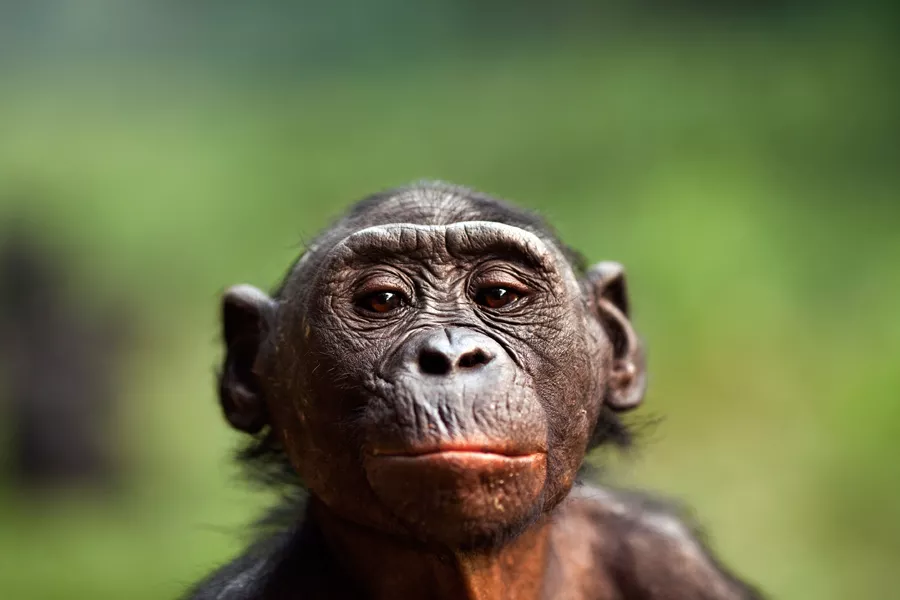
The Word Primate Means
There Are Two Major Suborders of Primates
Lemurs, lorises, and tarsiers were classified as prosimians, and simians, respectively, by naturalists until recently (monkeys, apes, and human beings). The division between “strepsirrhini” (wet-nosed) and “haplorhini” (dry-nosed) primates, the former of which includes all non-tarsier promisimians and the latter of which includes tarsiers and simians, is currently more frequently accepted. Old-world monkeys and apes (sometimes referred to as “catarrhines,” which means “narrow-nosed”) and new-world monkeys are the two main subgroups of simians (“platyrhines,” meaning “flat-nosed”). So in a technical sense, all humans are dry-nosed, narrow-nosed primates known as haplorhine cattarrhines. Not yet clear?
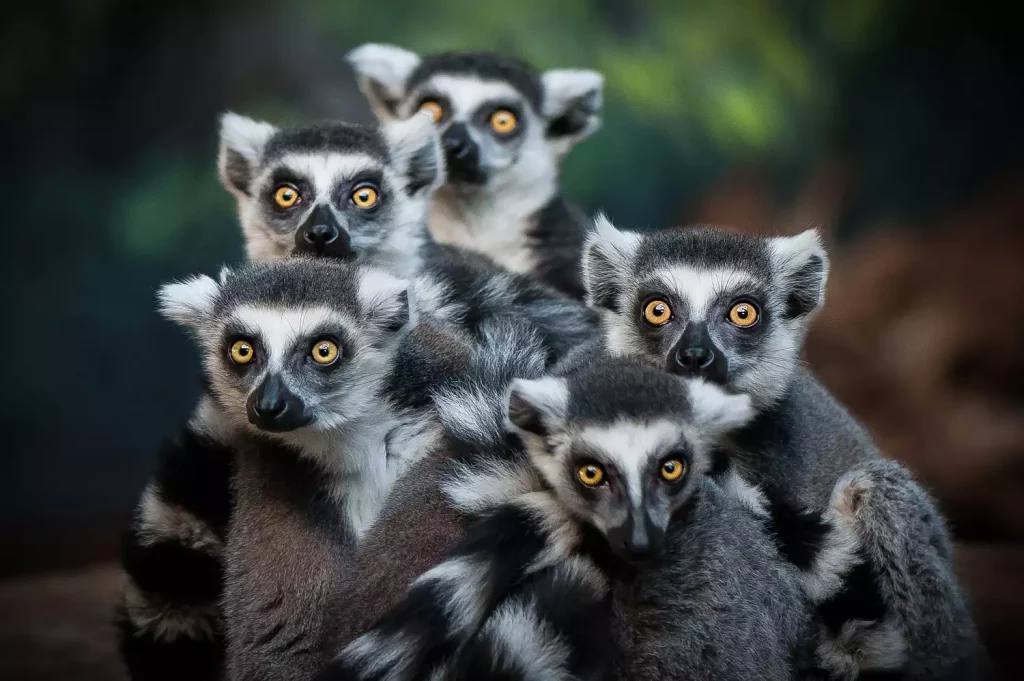
lemurs
Primates Have Bigger Brains Than Other Mammals
The most fundamental anatomical feature that sets primates apart from other animal groups is their brain size. Monkeys, apes, and prosimians have brains that are larger than average compared to their body size, and their gray matter is protected by similarly larger-than-average craniums. Why do primates require larger brains, then? To comprehend the information necessary to efficiently use their opposable thumbs, prehensile tails, and acute, binocular vision (depending on the species).
The First Primates Evolved at the End of the Mesozoic Era
Most paleontologists agree that the first primates evolved in the middle to late Cretaceous period; a good early candidate is the North American Purgatorius, followed ten million years later by the more recognizable Plesiadapis of North America and Eurasia. The fossil evidence is still debatable, but most paleontologists accept that the first primates evolved during the middle to the late Cretaceous period. After that, the most significant evolutionary split occurred between old-world monkeys and apes and new-world monkeys. The precise time of this split is unknown because new findings are continuously revising the current theory, but the Eocene epoch is a good candidate.
Primates Are Very Social Animals
Most primates tend to seek the safety of extended communities, including male- or female-dominated clans, monogamous pairs of males and females, and even nuclear families (mom, dad, a couple of kids), which are unnervingly similar to human families. This may be because they rely more on their brains than their claws or teeth for protection. It’s crucial to understand that not all primate societies are idyllic havens of peace and harmony; murder and bullying are distressingly frequent, and some species will even kill the young of other members of the clan.
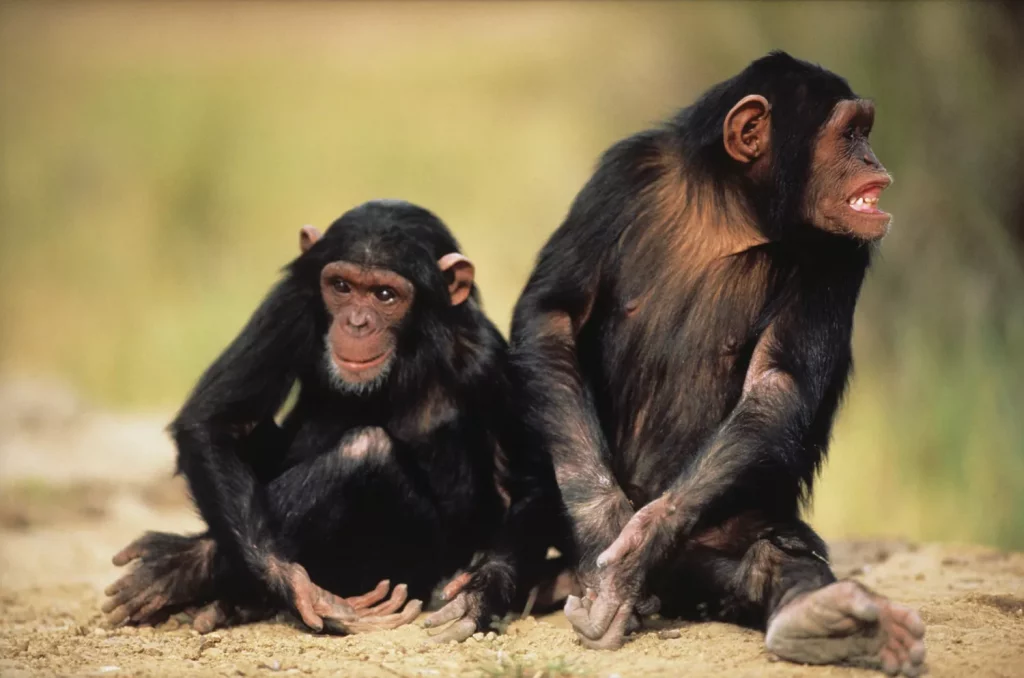
Primates Are Very Social Animals
Primates Are Capable of Using Tools
The definition of “tool use” in the animal kingdom could fill an entire book, but suffice it to say that naturalists no longer limit this behavior to primates (for instance, certain birds have been observed using branches to pry insects from trees!) But when viewed as a whole, primates use more tools than any other kind of animal, using sticks, stones, and leaves for a variety of challenging activities (such as cleaning their ears and scraping dirt from their toenails). Of course, Homo sapiens is the supreme tool-using primate—how that’s we created modern society!
Primates Develop at a Slower Rate Than Other Mammals
Bigger brains are both a blessing and a disadvantage because they ultimately help with reproduction but take longer to “break in.” With their underdeveloped brains, newborn primates would require the assistance of one or both of their parents, the extended clan, or both over the course of months or years. Additionally, most primates, like humans, only give birth to one baby at a time, necessitating a greater expenditure of parental resources (a sea turtle can afford to ignore its hatchlings, by contrast, because only one newborn out of a clutch of 20 needs to reach the water in order to perpetuate the species).

Primates Develop at a Slower Rate Than Other Mammals
Most Primates Are Omnivorous
The fact that the majority of species of primates—including great apes, chimpanzees, and humans—are omnivorous, gorging sporadically on fruits, leaves, insects, small reptiles, and occasionally even mammals—is one of the factors contributing to their high degree of adaptability. The only fully carnivorous primates, however, are tarsiers, and certain lemurs, howler monkeys, and marmosets are vegetarians. Of course, primates of all sizes and shapes can also wind up at the bottom of the food chain, where they are preyed upon by eagles, jaguars, and even people.
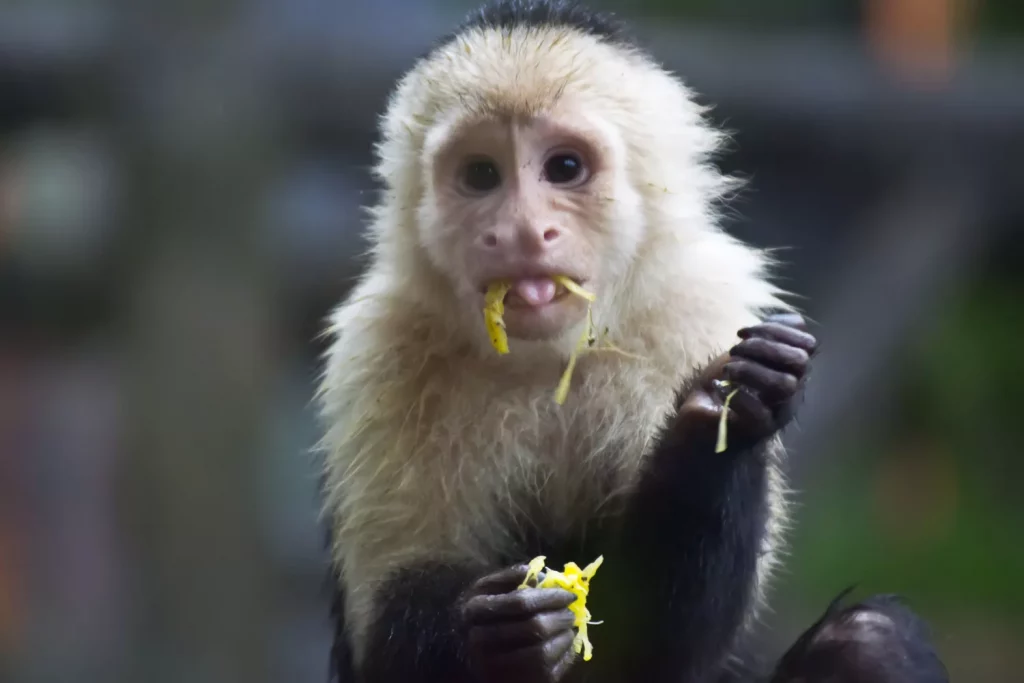
Most Primates Are Omnivorous
Primates Tend to Be Sexually Dimorphic
Sexual dimorphism—the propensity for males to be bigger, nastier, and more dangerous than females—is exhibited by many primate species, including the majority of old-world monkey and ape species. This is not to say that it is a strict law by any means. (The fur and teeth of several monkey species’ males differ, as do their colors.) Strangely, humans are among the least sexually dimorphic primates in the world, with males typically only 15% heavier than females (though you can make your own arguments about the general aggressiveness of human males vis-a-vis females).
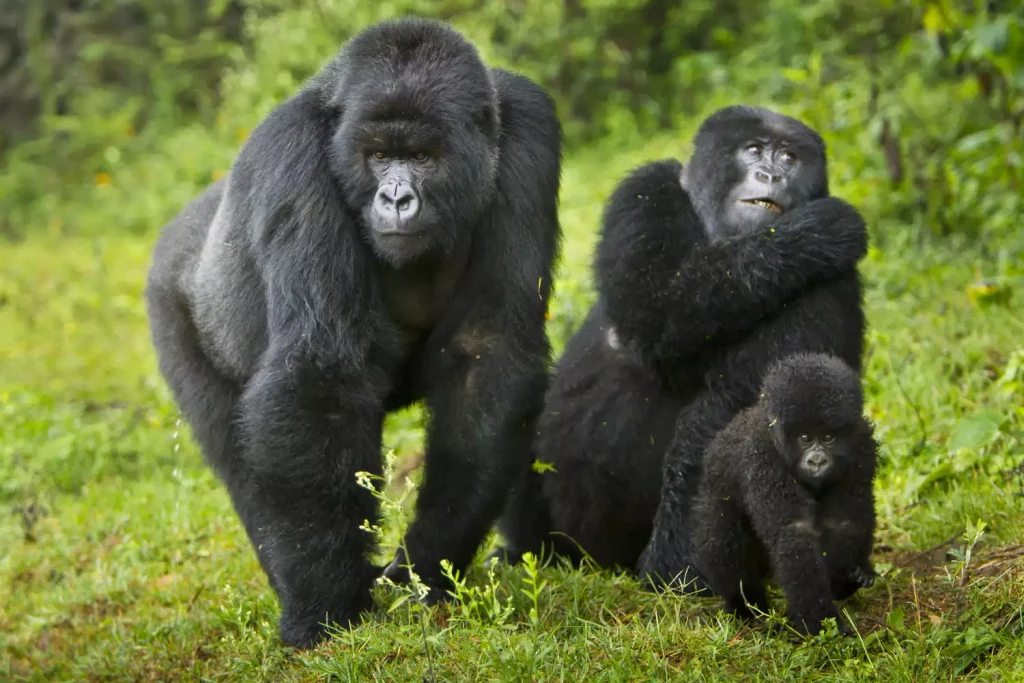
Primates Tend to Be Sexually Dimorphic
Some Primate Species Have Yet to Be Discovered
Given that they are not minuscule in size and that most human naturalists are particularly interested in tracking the movements of our closest relatives, one would assume that primates would be the best represented among the orders of animals on Earth. But if we believe we have them all, we’re deluding ourselves considering that smaller primates prefer distant, dense rain jungles. For instance, there were 350 recognized primate species in 2001; currently, there are roughly 450, which means that, on average, half a dozen new species are discovered each year.

